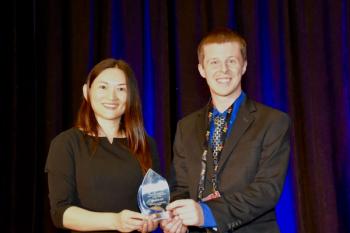
From San Francisco to Europe, we explored the most influential spectroscopy conferences of 2025, uncovering key trends, applications, and expert perspectives shaping the field today.

From San Francisco to Europe, we explored the most influential spectroscopy conferences of 2025, uncovering key trends, applications, and expert perspectives shaping the field today.

Artificial intelligence is transforming vibrational spectroscopy by automating calibration, feature extraction, and interpretation across Raman, infrared, near-infrared (NIR), and hyperspectral imaging (HSI) systems. This review of articles highlighted in Spectroscopy during 2025 captures several major developments, spanning data fusion, spectral imaging, and industrial and biomedical applications.

ABB announced that they will develop a lunar soil analysis instrument for Canada's Lunar Utility Rover, enhancing lunar exploration and resource utilization through advanced infrared spectroscopy.

A recent study shows that bioimpedance spectroscopy can non-invasively and reliably assess fruit and vegetable freshness by tracking electrical changes during ripening.

In this Spectroscopy blog post, Yang Liu, a Scientific Liaison for General Chapters at the United States Pharmacopeia (USP), discusses how data-driven methodologies are set to transform spectroscopy in 2026 and beyond, particularly in pharmaceutical analysis.

Below is the submission form for the Spectroscopy Blog. Any undergraduate, graduate, or postdoctoral student is welcome to submit, as well as interns or young professionals in spectroscopy.

Top articles published this week include a farewell address from associate editorial director Caroline Hroncich, a new column on carbonyl compounds from Brian Smith, and an inside look at A-TEEM spectroscopy.
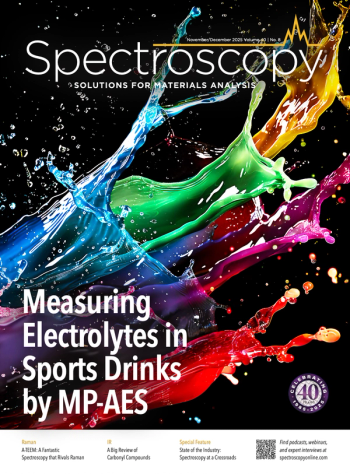
Click here to access the Spectroscopy November/December 2025 North America PDF in an interactive format.

Click here to access the Spectroscopy November/December 2025 Europe PDF in an interactive format.

A heartfelt farewell reflecting on the meaningful work, community, and accomplishments achieved during my time at Spectroscopy.
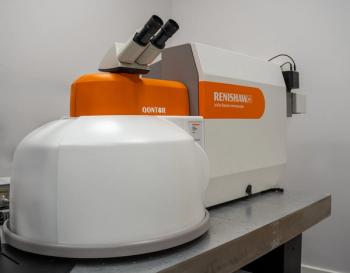
In a recent press release, Renishaw unveils TRRS technology, revolutionizing Raman spectroscopy by overcoming fluorescence challenges for accurate analysis of complex samples.

A study published in the Journal of Raman Spectroscopy reports the detection of polyethylene, PET, and nylon microplastics in Greece’s remote Dragon Lake on Mt. Tymfi.
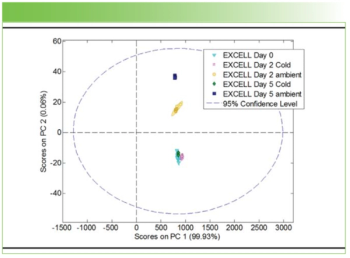
In this "Molecular Spectroscopy Workbench" column, a new spectroscopy, called A-TEEM, is explored.

A recent study from researchers in Indonesia and Taiwan demonstrates that tourism intensity on Gili Trawangan Island is strongly linked to higher microplastic contamination in coastal waters, sediments, and fish, highlighting the need for targeted waste management and sustainable tourism policies to protect vulnerable island ecosystems.
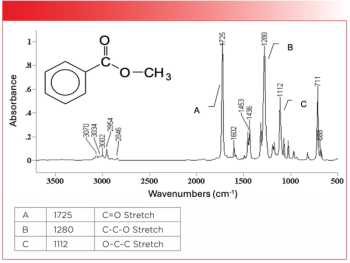
In this part of our ongoing review of the infrared spectra of carbonyl-containing functional groups, we will study the spectra of esters and carbonates. Esters are ubiquitous in our food and medicines, and polymeric carbonates form an important part of the materials around us. As always, concepts will be illustrated with reference spectra.

Discover how LIBS revolutionizes forensic science by enabling rapid, precise bone identification, overcoming challenges of traditional methods with advanced AI classification.
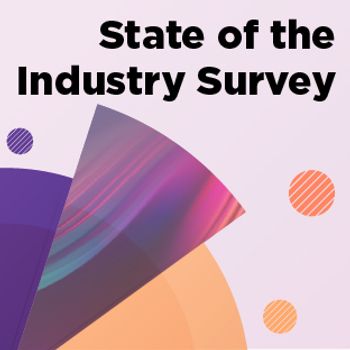
Spectroscopy is rapidly evolving, and professionals who build expertise in AI-driven analytics, automation, and high-demand sectors like pharma, biotech, and materials science will be best positioned to advance their careers despite industry-wide talent and budget challenges.
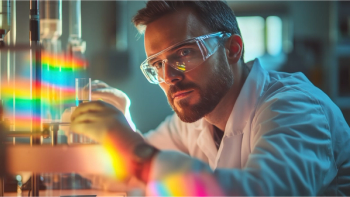
In 2025, the vibrational-spectroscopy community saw a convergence of deep learning, advanced simulation, and portable instrumentation that materially changed how spectra are interpreted and applied. Breakthroughs in spectrum-to-structure models, machine learning (ML)-accelerated molecular dynamics, and field-deployable classic Raman, near-infrared (NIR), and surface-enhanced Raman spectroscopy (SERS) sensors pushed vibrational techniques from complex laboratory characterization toward automated structure elucidation, rapid analysis, and real-world sample sensing (1–6,9). This summary article highlights key 2025 contributions and their implications for the year of discovery.
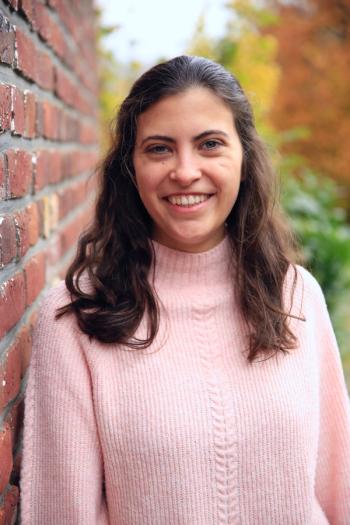
A recent study provides a detailed introduction to uniform manifold approximation and projection (UMAP) for analyzing LA-ICP-TOF-MS data. By converting high-dimensional MSI data into two-dimensional spaces, UMAP facilitates automated visualization to identify spectral clusters. Spectroscopy spoke to the paper’s lead author, Katharina Kronenberg of the University of Graz, about her group’s work.

A proposed update to United States Pharmacopoeia (USP) <1029> was published in July 2025 for industry comment. What’s changed and are the changes significant?

Top articles published this week include interviews with Paolo Oliveri of the University of Genoa (Italy) and Maryam Shakiba and Santiago Marin of the University of Colorado Boulder, and an inside look at vibrational spectroscopy trends.

Discover a cost-effective method for analyzing electrolyte elements in sports drinks using microwave plasma atomic emission spectroscopy, enhancing quality control and accuracy.

A new study from Heilongjiang Bayi Agricultural University introduces a high-accuracy, explainable deep learning model that significantly improves nondestructive nitrogen and chlorophyll estimation in maize canopies using hyperspectral data.

In this edition of “Inside the Laboratory,” Maryam Shakiba and Santiago Marin of the University of Colorado Boulder discuss the findings of their latest paper, which provides a predictive framework for understanding and forecasting long-term thermo-oxidative degradation in polyimides.

In this short feature, we highlight how the Sharjah Academy of Astronomy, Space Sciences, and Technology (SAASST) are using techniques such as XRF, XRD, SEM-EDS, and Raman tests to determine the mineral composition of meteorites.

A recent study demonstrates that full-range spectroscopy offers a highly accurate, scalable, and efficient solution for identifying Amazonian tree species across diverse ecosystems.

Researchers at Beijing University of Chemical Technology have developed a rapid online Raman spectroscopy method that accelerates real-time detection and strain screening of the bio-aviation fuel precursor β-farnesene.

The study reveals that leaf spectroscopy far outperforms traditional leaf traits in predicting forest leaf dark respiration across diverse ecosystems, offering a more accurate and scalable approach for improving carbon cycle models.
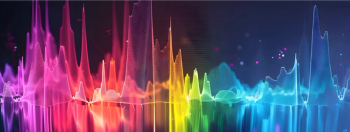
Vibrational spectroscopy is undergoing a major transformation driven by advances in new AI and machine learning, portable instrumentation, nanofabrication, hyperspectral imaging, and robust chemometrics. These developments are enabling more sensitive measurements, field-deployable analysis, multimodal data fusion, and automated spectral interpretation suitable for real-world industrial and clinical use. As these technologies converge, the field is positioned for a renaissance that may redefine how spectroscopy is practiced by 2030.

We take a walk through history here, providing the historical background on a recent multidisciplinary study that investigated the Angels Musicians murals in Valencia Cathedral.